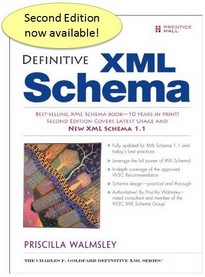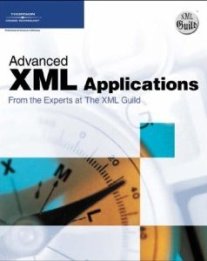form-model
Group information
Namespace: None
Schema document: res.xsd
Content
- Sequence [1..1]
- distribution-code [0..1]Used by the Government Printing Office to distribute paper copies of a measure to congressional and other governmental offices. Indicates the stage or type of measure, but is used to tell GPO to whom measures should be distributed. The values are as follows: I: Public Bills Introduced or Referred in the House, IA: Joint Resolutions Introduced or Referred in the House, IB: Public Bills and Joint Resolutions Reported in the House, II: Public Bills and Joint Resolutions Introduced or Reported in the Senate, IIA: Public Bills and Joint Resolutions Referred in the Senate, III: Simple and Concurrent Resolutions in the Senate, IIIA: Amendments in the Senate, IV: Simple and Concurrent Resolutions in the House, V: Private Bills Introduced in the House, VI: Private Bills Introduced in the Senate, VII: Private Bills Reported or Referred in the House, VIII: Private Bills Reported or Referred in the Senate, IX: Reprint Bills for House Document Room, and X: Reprint Bills for Senate Document Room. Formerly, the *I60 locator code.
- calendar [0..1]Legislative calendar name and number. In the House, examples are Consent Calendar No. 4, Union Calendar No. 3, House Calendar No. 12, Private Calendar No. 1, Corrections Calendar No. 6, Discharge Calendar No. 1. In the Senate, examples are Executive Calendar No. 1 or Legislative Calendar No. 3. Formerly, the *I35 locator code.
- congress [1..1]The number of the Congress, e.g., “101st Congress” or “The One Hundred and First Congress.”
- session [1..1]The session, or meeting, of Congress, e.g., “1st Session”, “2d Session”, “3d Session”, “4th Session”, etc. Formerly, the *I42 locator code.
- enrolled-dateline [0..1]Used for enrolled bills, verbage contains the date for the first day of the session in which the bill is enrolled.
- legis-num [1..1]The “legis-num” is the legislation's official identifier e.g., “H.R. 1514” or “S.J. RES. 42” The first “word” indicates the chamber creating the legislation and the type of legislation. Values are: H.R. for House Bill, S. for Senate Bill, H.J. RES. for House Joint Resolution, S.J. RES. for Senate Joint Resolution, H.CON. RES. for House Concurrent Resolution, S.CON. RES. for Senate Concurrent Resolution, H. RES. for House Simple Resolution, and S. RES. Senate Simple Resolution. Formerly, the *I43 locator code.
- associated-doc [0..*]Identification of another documents that have an association with the current document such as reports, companion bills, identical bills, amendments, etc.. Used in the form element.
- current-chamber [1..1]Identifies the chamber currently having control of the legislation (e.g., “In the House of Representatives” or “In the Senate of the United States”) Formerly, the *I45 locator code.
- action [0..*]Container for all information pertaining to a floor action for a measure or Amendment, i.e., the actual description of the floor action and the date on which the action occurred.
- legis-type [1..1]Container for whether the document is “A BILL” or “AN ACT” or “AMENDMENT.”
- official-title [1..1]The official title of a measure or portion of a measure. A measure typically has both an official title and one or more short titles (element <short-title>).
Used in
- Anonymous type of element form


